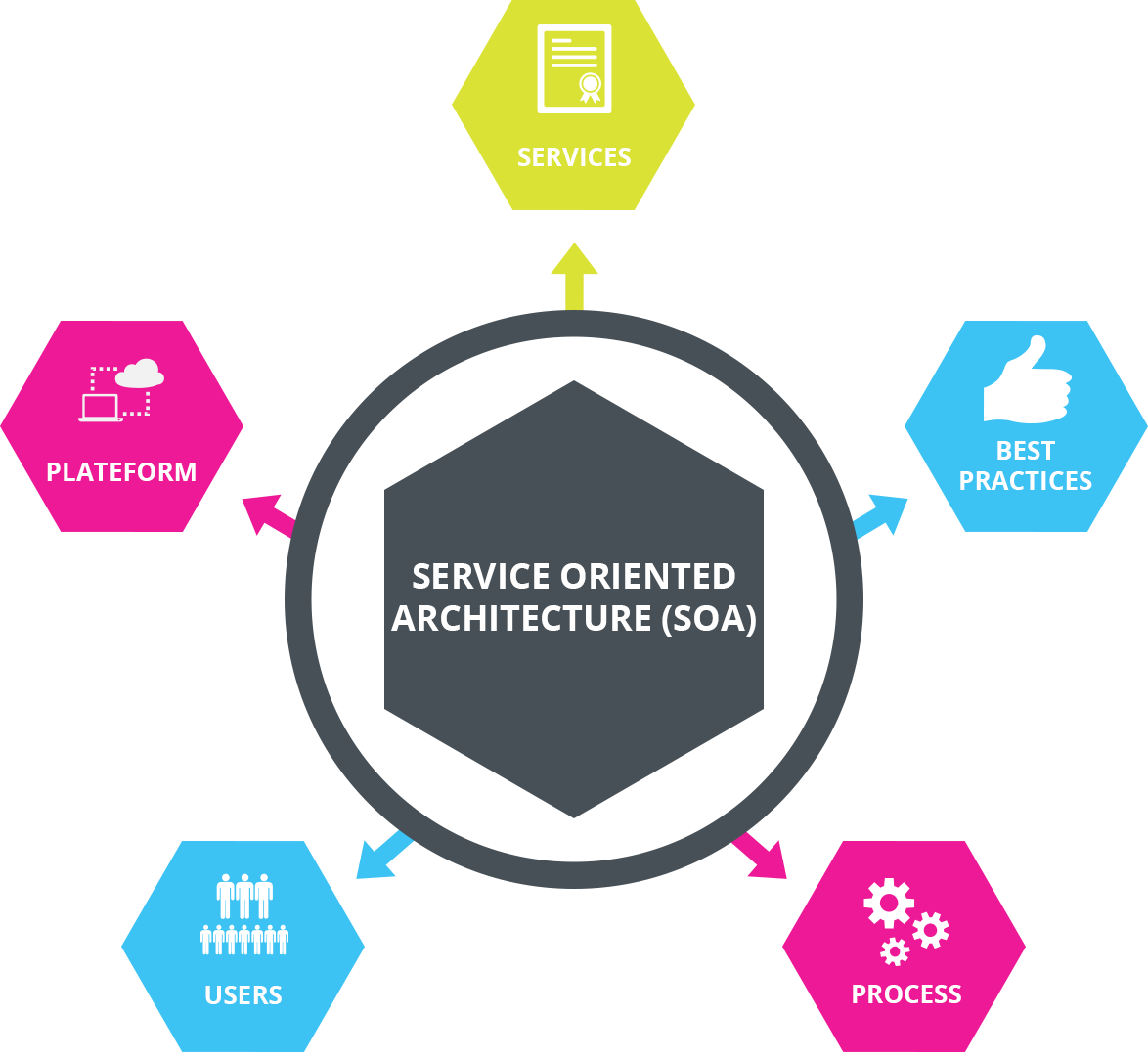
Understanding the Communication Mechanism in a Microservices Architecture
The applications that constitute a microservices framework are executed on various servers. Utilizing protocols like HTTP, AMQP, and TCP, communication between these numerous services is made easier. The two interfaces with the broadest usage are asynchronous messaging and HTTP/REST. A REST application programming interface employed by app development Virginia Beach for online services frequently uses the HTTP protocol. Clients can access and modify an application’s resources by using a standard resource locator along with HTTP methods like GET, POST, PUT, and DELETE (URL).
An application’s functionality can be accessed through a REST application programming interface (API). Clients use API queries to convey their wants to services. Clients can speak directly or through an API gateway with the microservices.
A single point of entry is given for all inquiries made to the services utilizing an API gateway pattern. When a client submits a request, the application programming interface (API) gateway routes the request to the appropriate service.
The backdoor for the interface pattern is one of the variations on the API gateway pattern. Each kind of client receives a unique API gateway thanks to this approach.
Low degrees of communication across the various services are advised norm. When communication is essential, asynchronous communication is preferable to synchronous communication. The service that submitted the request does not have to wait for a reply before carrying on with its operations.
Streaming systems and messaging queues effectively enable asynchronous communication when integrated into the database. Furthermore, these systems can satisfy both of these needs when they offer transactional meaning for data processing and the transmission of a message. Microservice deployment is now simpler and more scalable as a result. The communication across the microservices must be synchronous when just REST APIs are utilized, which frequently inhibits expansion.
What Are the Uses of Microservices Architecture?
The goal of the popular architectural design trend known as “microservices” is to break down complex systems into smaller, loosely linked software artifacts known as “microservices,” each of which implements a particular function or even just a tiny portion of the business logic of an application. Because they attempt to create large systems as groups of fine-grained and loosely connected software artifacts, microservices are becoming increasingly popular. Microservices are frequently used to accelerate the development of applications.
The monolithic architecture that the bulk of businesses was initially founded on inspired the concept of micro, mainly if the company in question has existed for at least ten years. In substitute for a monolithic design, each element of a microservice framework has the following characteristics:
- CPU specific to it
- Own operating system and environment for its runtime
- A specialized crew will frequently be working on it to guarantee that each service may be distinguished from the others.
This approach enables each service to:
- Carry out its particular procedure
- Autonomously interact with each other without requiring the other microservices’ or the application’s overall communication.
How are Microservices better than monolithic architecture?
Java-based microservices architectures are widely used, particularly those created with Spring Boot. Furthermore, comparisons between service-oriented design and microservices are frequent. Although the two methods share the same goal of breaking up colossal software projects into more manageable pieces, they differ in methodology. Additionally, many companies are under pressure from their rivals to modify their systems as soon as possible while minimizing their impact on the systems’ availability.
This necessitates appropriate designs, building features, and development methods. Many of the paradigms available in software engineering can at least partially meet such criteria. These paradigms separate large software systems into smaller, more manageable components, which speeds up product development by increasing modularity, maintainability, and reusability.
Microservices provide long-term agility to managed service provider. Microservices enable the development of programs that are built on a significant number of individually configurable services, each of which includes its own discrete and autonomous lifecycle, improving maintainability in complicated, massive, and highly scalable systems. This is achieved by enabling the development of applications that draw on various services.
Microservices have the additional benefit of being scalable on their own. You may expand out individual microservices instead of having a single, monolithic program that you must scale out as a single unit. Instead of scaling out other sections of the program that do not necessitate scaling, you will be able to enlarge just the functional area that needs more computing power or communication bandwidth to meet demand in this way. As a result, there are financial savings because less hardware is required.
